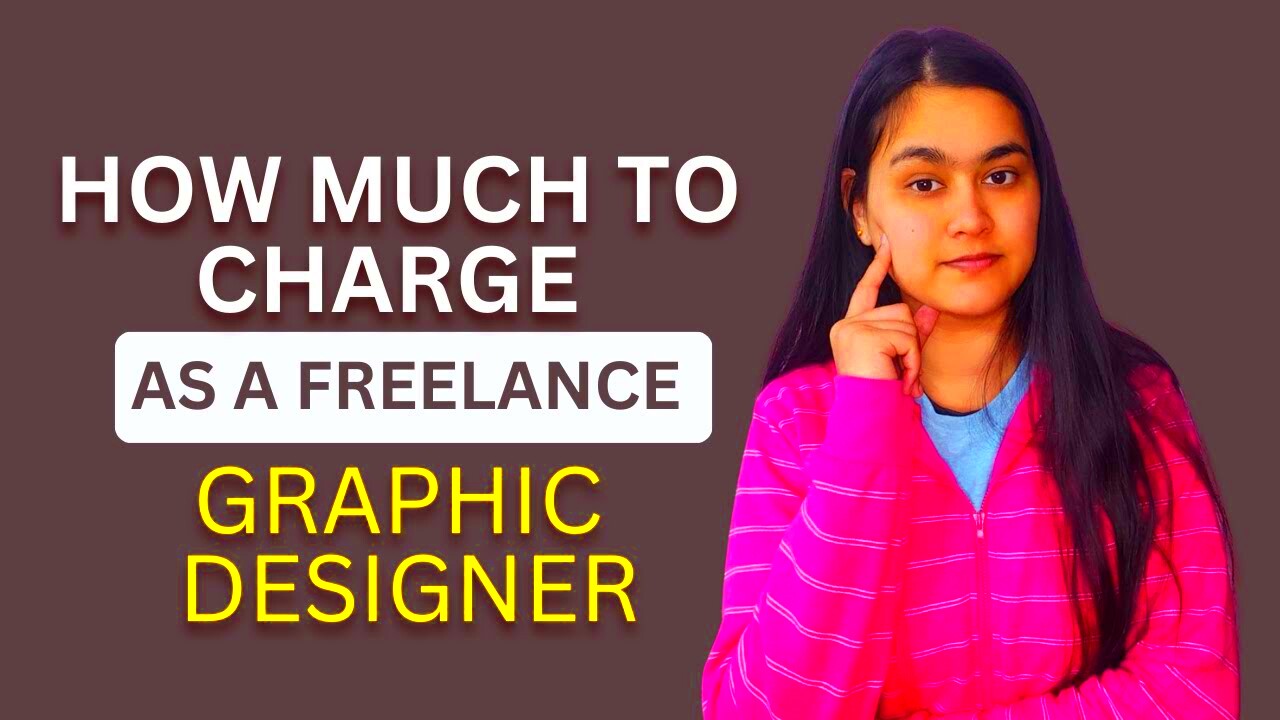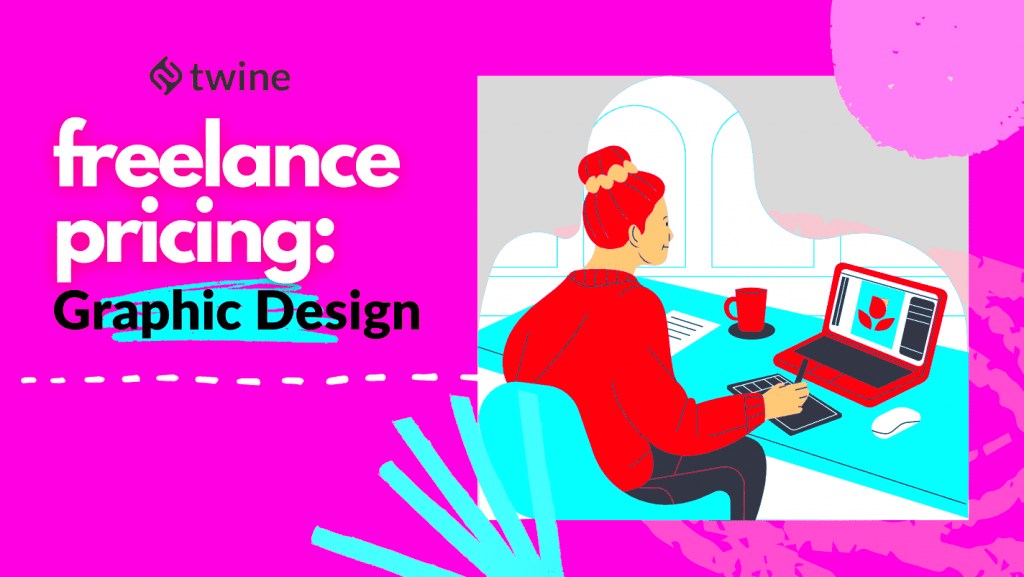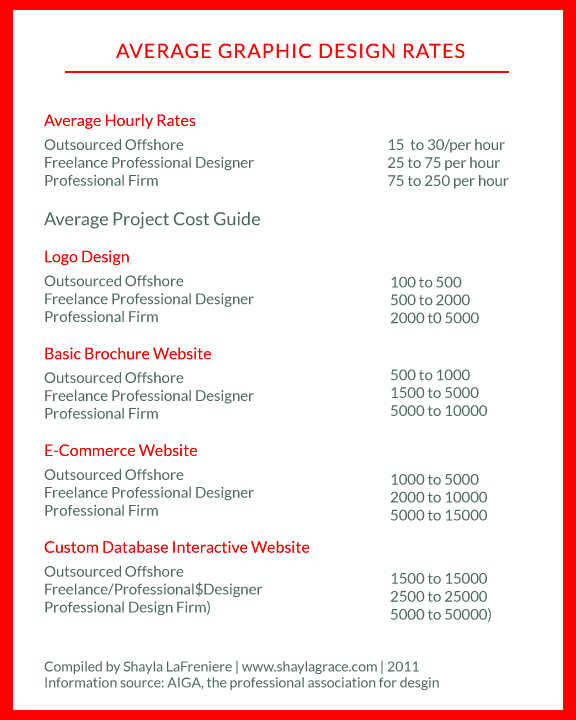An appropriate rate of graphic designing is a critical factor to attain to freelance success. This means that as a designer, one may sometimes find it hard to satisfy their clients and yet charge competitively. Therefore, the designer’s price shows their time and efforts in creating works as well as expertise and value they add on each individual project.
Generally, pricing for graphic design is influenced by a handful of primary factors like project scope, customer expectations and market norm. Understanding these factors can assist you in avoiding situations where you either ask for less or more than the expected amount which may interfere with customer relationship and chances of projects.
Factors to Consider When Setting Graphic Design Rates

For understanding how to price your graphic design services, here are some important elements you should assess:
- Experience Level: If you are just starting, you may charge lower rates compared to experienced designers. As you build skills and a portfolio, your rates can increase accordingly.
- Project Complexity: Simple tasks, like logo edits, may require less time than complex branding projects or website designs. Pricing should reflect the complexity and expected effort.
- Time Commitment: Consider the hours required. Time-intensive projects should have a corresponding rate, ensuring you’re compensated for each hour spent.
- Client Budget: Some clients have fixed budgets, while others are open to discussion. Being flexible with rates can help you land projects, especially with clients whose work might add to your portfolio.
- Market Demand: Market trends and demand for certain design skills also affect pricing. For example, skills in web or UX/UI design may command higher rates than basic graphic design tasks.
If these aspects are considered judge rate that fits personal capabilities and also satisfies customers’ demands.
Also Read This: What is a Fiverr Revenue Card?
Types of Graphic Design Projects and Their Pricing

Based on the kind of graphic design assignment prices may vary drastically. Below is an overview of the different project types and the accompanying fee structures of freelance professionals:
| Project Type | Estimated Pricing |
|---|---|
| Logo Design | $50 - $500 depending on complexity |
| Website Design | $500 - $5000 or more for full websites |
| Social Media Graphics | $10 - $150 per graphic, depending on customization |
| Branding Packages | $1000 - $10,000 for complete branding |
| Flyers, Posters, Brochures | $75 - $500 depending on size and detail |
You too may have wondered why the film “___” is always so popular. Otherwise, there will be no room for negotiation. Clients expect their contractors to know what things cost in this field. Knowing about the average costs for different types of projects helps in establishing a clear relationship between one’s and another’s expectations.
Also Read This: Top 10 Personal Virtual Assistants on Fiverr
How Experience Impacts Your Rates

The rates you charge for graphic design are greatly affected by your level of experience. The more you hone the skills, polish the portfolio and establish a clientele over time, the more money your services are likely to fetch. Clients perceive that experience is synonymous with dependability, excellence and capacity to tackle intricate assignments; hence expensive charging rates become justified.
This is how the experience can affected the price:
- Beginner Designers: If you're new to graphic design, starting with lower rates can help attract initial clients and build a portfolio. Freelancers with 0-2 years of experience might charge $15 - $35 per hour or offer fixed project rates that appeal to budget-conscious clients.
- Mid-Level Designers: With a few years under your belt, you may have developed specialized skills and a strong portfolio. At this stage, designers often charge between $35 - $75 per hour, depending on the project type and industry.
- Experienced and Senior Designers: Designers with significant experience and a robust portfolio can charge premium rates. These professionals typically set hourly rates of $75 - $150 or more and often work on high-budget projects with established clients.
Experience additionally creates ease and familiarity with the fair pricing, self-worth as well as discussions with clients. Higher income prospects are also increased by expertise.
Also Read This: How to Join Fiverr: A Step-by-Step Guide
Market Research to Find Competitive Pricing
Checking out competitor pricing trends can aid your understanding of where you stand. Additionally, access to common payment brackets within your specific field or geographical location can prevent you from having exorbitant prices for services rendered to clients. This enables keeping up with prevailing prices apart from being in line with industry standards.
Here are some effective ways of finding out prices:
- Check Freelance Platforms: Websites like Fiverr, Upwork, and Behance can provide insight into what other designers with similar skills and experience charge for various projects.
- Look at Competitors: Review the portfolios and rates of designers in your niche. You can gain a clearer picture of what’s typical in your area of expertise.
- Survey Industry Data: Studies or reports on graphic design industry salaries are available online, offering general guidelines on pricing based on skills, location, and years of experience.
- Talk to Fellow Designers: Networking with other designers can help you get an inside look at common rates and trends in the industry. Many are open to sharing tips on pricing strategies.
With proper knowledge of market, you can set attractive rates for clients while ensuring good pay for your services.
Also Read This: How to Recover a Disabled Fiverr Account
Setting Hourly vs. Fixed Rates for Design Work
Thus you are trained on the data until October 2023.
Hourly Rates: Charging by the hour is ideal for projects with uncertain scope or those that require ongoing adjustments. It’s a transparent way to bill for time spent, allowing clients to see the exact hours dedicated to their project.
- Pros: Useful for long-term projects, transparency in hours worked, compensation for all time spent.
- Cons: Some clients may be hesitant about unknown final costs, potential for misunderstandings about time allocation.
Fixed Rates: Fixed pricing works well for clearly defined projects with specific deliverables, like logo design or social media graphics. It offers clients clarity on costs and can be efficient for both parties.
- Pros: Clear project scope, guaranteed payment amount, potential for faster turnaround.
- Cons: Risks of underestimating time, less flexibility for unexpected changes.
Day by day you are comparing the advantages and disadvantages associated with the alternatives at your disposal to settle for the most useful approach that befits project specifications as well as those of clients. Some designers even present these two choices so they can allow their clients some degree of freedom while ensuring they are paid fairly for their services.
Also Read This: How to List Yourself as a Listener on Fiverr
Common Pricing Mistakes to Avoid
As a freelance graphic designer, developing prices can prove to be challenging by freelancers’ standards where on this earth are some of the widespread errors in pricing. By knowing about them, you’ll be able to dodge the traps which could have an effect on one’s pockets or client relationships in general.
The challenge of setting prices for freelance graphic design is often a great one, with common errors that many freelancers make. Avoiding these mistakes can save you from losing money or damaging relationship with the customer.
More importantly, however, is the fact that one should continuously keep an eye out for the following:
- Underpricing Your Services: Many beginners set low rates to attract clients, but this can lead to burnout without fair compensation. Remember, clients value quality, and pricing yourself too low may imply inexperience.
- Overlooking Project Scope: Not understanding a project’s full requirements before setting a rate can lead to underestimating time and effort. Always clarify the project scope with clients to avoid surprises later.
- Failing to Account for Revisions: Many clients expect a few rounds of revisions, but if these aren’t included in your pricing, it could mean unpaid extra work. Set a clear limit on revisions in your initial agreement.
- Not Adjusting Rates Over Time: As you gain experience and build your portfolio, it’s natural to increase your rates. Failing to adjust rates over time can leave you underpaid and undervalued.
- Ignoring Industry Standards: Setting rates without understanding market trends or industry standards could either price you out of the market or shortchange you. Keep an eye on competitive pricing to stay relevant.
These blunders ought to be dodged in order for one to develop pricing strategies that are sustainable enough to represent their worth and serve as a satisfaction guarantee for the clientele.
Also Read This: How to Find the Most Popular Fiverr Gigs
Conclusion: Finding the Right Balance in Your Rates
Ultimately, striking a balance with your graphic design rates is all about knowing your skills, what the project needs and what the client expects. Make an effort to come up with prices that will enable you to account for both your time and expertise yet still be appealing in comparison to others.
Bear in mind that pricing is a dynamic concept; it must change with time and in accordance to your acquired expertise as well as the needs of the industry. You could design prices that suit both you and your clients by being open with them regarding complexity of projects. Such practice earns confidence in customers while it ensures that people are paid for what they do fairly.
Pricing strategies should change often depending on the circumstances and the goals being pursued at that moment. When all is said and done, you will then develop freelance prices which are stable enough to show your worth.
Frequently Asked Questions
When it comes to establishing pricing for graphic design services, the following are frequently asked questions:
- How should I price a graphic design project as a beginner?
As a beginner, consider charging a bit lower to attract clients, while ensuring you’re compensated for your time. Research rates for entry-level designers to set a fair starting point. - Is it better to charge hourly or per project?
It depends on the project type. Hourly rates suit ongoing work, while fixed project rates work well for specific, clearly defined tasks. Both have their benefits based on your and the client’s needs. - How do I raise my rates without losing clients?
If you’re ready to increase rates, communicate clearly with clients. Offer a grace period or explain the added value of your services to ease the transition. - How often should I adjust my rates?
Reassess rates annually or after significant skill or portfolio growth. Periodic adjustments help you keep up with market standards and reflect your growing experience. - What should I do if a client insists on a rate that’s too low?
Politely explain your rates and the value you bring. If they still resist, consider whether the project aligns with your goals. It’s okay to turn down work that doesn’t meet your rate expectations.
With confidence, pricing concerns can be quite confusing at times, but these are common answers to your question.




